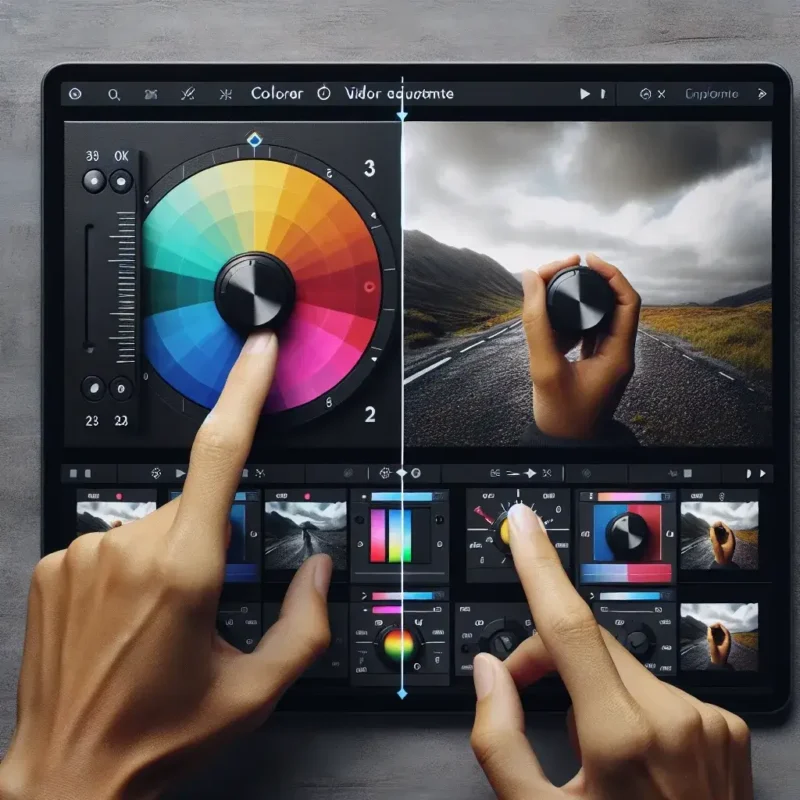The Evolution of Social Video Scheduling
In today’s fast-paced digital landscape, social video content has become the cornerstone of successful marketing strategies. With over 3.8 billion social media users worldwide, businesses are racing to capture attention through engaging video content. However, the challenge lies not just in creating compelling videos, but in delivering them to audiences at the optimal times for maximum impact.
The traditional approach of manual posting has become obsolete as brands recognize the need for systematic, strategic content distribution. This is where built-in calendar scheduling emerges as a game-changing solution, transforming how content creators and marketers approach their video distribution strategies.
Understanding Built-in Calendar Systems
Built-in calendar systems represent a revolutionary approach to content management, integrating scheduling capabilities directly into social media platforms and content management tools. Unlike third-party scheduling applications, these native solutions offer seamless integration with platform algorithms and features.
Core Components of Calendar-Based Scheduling
- Visual Timeline Management: Interactive calendar interfaces that display your entire content schedule at a glance
- Drag-and-Drop Functionality: Intuitive rescheduling capabilities that allow instant adjustments
- Multi-Platform Synchronization: Coordinated posting across various social media channels
- Automated Publishing: Set-and-forget functionality that ensures consistent content delivery
- Performance Analytics Integration: Real-time insights into posting effectiveness
Step-by-Step Implementation Strategy
Phase 1: Platform Assessment and Setup
Begin by evaluating your current social media ecosystem. Most major platforms now offer native scheduling features:
- Facebook Creator Studio: Comprehensive scheduling for Facebook and Instagram
- YouTube Studio: Advanced premiere and scheduling options
- LinkedIn Publishing Platform: Professional content calendar management
- Twitter Media Studio: Video-specific scheduling capabilities
- TikTok Creator Center: Emerging scheduling features for short-form content
Phase 2: Content Categorization and Planning
Successful video scheduling requires strategic content categorization. Develop a systematic approach by creating content pillars that align with your brand objectives:
- Educational Content: Tutorial videos, how-to guides, industry insights
- Entertainment Value: Behind-the-scenes content, humor, trending challenges
- Promotional Material: Product launches, special offers, company announcements
- User-Generated Content: Customer testimonials, reviews, community highlights
- Seasonal Campaigns: Holiday-themed content, event-specific videos
Phase 3: Optimal Timing Research
Leveraging built-in analytics tools is crucial for identifying peak engagement periods. Platform-specific insights reveal when your audience is most active, enabling data-driven scheduling decisions. Research indicates that video content performs 65% better when posted during optimal windows compared to random timing.
Advanced Scheduling Techniques
Batch Content Creation and Scheduling
Professional content creators employ batch production methodologies, creating multiple videos during focused sessions and scheduling them strategically throughout the month. This approach offers several advantages:
- Consistency Maintenance: Regular posting schedules build audience expectations
- Resource Optimization: Efficient use of production time and creative energy
- Strategic Gap Management: Prevents content droughts during busy periods
- Quality Control: Allows for thorough review before publication
Cross-Platform Coordination
Modern audiences engage across multiple platforms simultaneously. Effective scheduling strategies account for platform-specific optimization while maintaining consistent messaging. Consider these platform variations:
- Video Length Optimization: 15-second TikToks versus 10-minute YouTube tutorials
- Format Adaptation: Square videos for Instagram feeds, vertical for Stories
- Audience Behavior Patterns: Professional content for LinkedIn, casual content for Facebook
- Algorithm Considerations: Platform-specific best practices for visibility
Measuring Success and Optimization
Key Performance Indicators
Built-in calendar systems provide comprehensive analytics that enable continuous optimization. Focus on these critical metrics:
- Engagement Rates: Likes, comments, shares, and saves per video
- Reach and Impressions: Total audience exposure and unique viewers
- View Duration: Average watch time and completion rates
- Click-Through Rates: Traffic driven to external links or profiles
- Conversion Metrics: Sales, sign-ups, or desired actions resulting from videos
Iterative Improvement Strategies
Successful video scheduling requires continuous refinement based on performance data. Implement monthly review cycles to analyze posting patterns, audience responses, and engagement trends. This analytical approach enables strategic adjustments that compound over time, leading to significantly improved results.
Common Challenges and Solutions
Technical Limitations
While built-in scheduling systems offer convenience, they may present certain limitations. Some platforms restrict advanced features or have processing delays. Develop contingency plans that include manual posting capabilities for time-sensitive content or platform-specific announcements.
Content Quality Maintenance
Automated scheduling should never compromise content quality. Establish review processes that ensure every scheduled video meets your brand standards. Consider implementing approval workflows for team-managed accounts to maintain consistency and professionalism.
Future Trends and Innovations
The landscape of social video scheduling continues evolving rapidly. Artificial intelligence integration promises predictive scheduling capabilities that automatically optimize posting times based on real-time audience behavior analysis. Machine learning algorithms are beginning to suggest content topics and formats based on trending patterns and audience preferences.
Emerging Technologies
- AI-Powered Optimization: Automatic timing adjustments based on performance data
- Predictive Analytics: Forecasting content performance before publication
- Voice-Activated Scheduling: Hands-free content management through smart assistants
- Augmented Reality Integration: Immersive scheduling interfaces for complex campaigns
Best Practices for Long-term Success
Establishing sustainable video scheduling practices requires balancing automation with human creativity. While calendar systems handle the mechanical aspects of content distribution, the strategic vision and creative direction remain fundamentally human responsibilities.
Building Authentic Connections
Despite the efficiency of automated scheduling, maintaining authentic audience connections requires genuine engagement. Schedule regular live sessions, respond promptly to comments, and adapt content based on community feedback. The most successful brands use scheduling as a foundation for consistent presence while layering spontaneous, real-time interactions on top.
Compliance and Brand Safety
Scheduled content must align with platform policies and brand guidelines. Implement review processes that catch potential issues before publication. Consider current events and cultural sensitivities when scheduling content weeks or months in advance.
Conclusion: Mastering the Art of Strategic Video Scheduling
Built-in calendar scheduling represents a fundamental shift in how content creators approach video distribution. By combining strategic planning with powerful automation tools, brands can maintain consistent presence while focusing creative energy on producing exceptional content. The key to success lies in understanding that scheduling is not just about timing—it’s about creating systematic approaches that amplify your creative vision and build meaningful connections with your audience.
As social media platforms continue evolving their native scheduling capabilities, early adopters who master these tools will gain significant competitive advantages. The future belongs to creators who can seamlessly blend strategic planning with authentic engagement, using built-in calendar systems as the foundation for sustainable, scalable content strategies.



